Lithium-ion battery is mainly composed of cathode material, anode material, liquid electrolyte and separator, among which liquid electrolyte is usually composed of ultrapure lithium salts, organic solvents and additives under certain conditions and in a certain proportion.
-
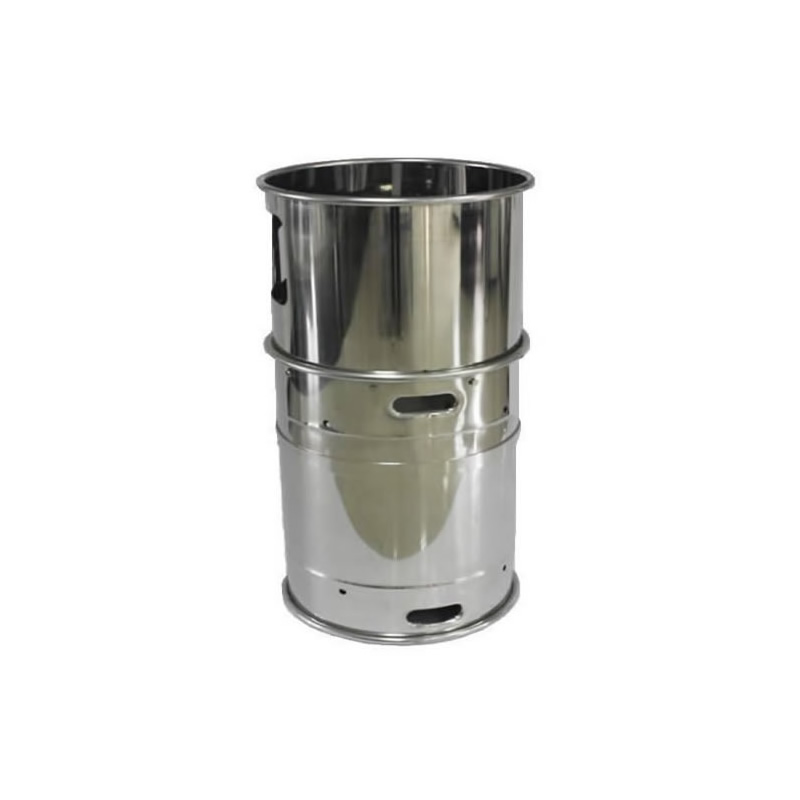 Lithium Hexafluorophosphate (LiPF6)
Lithium Hexafluorophosphate (LiPF6)
Lithium hexafluorophosphate is the most widely used lithium electrolyte, mainly used in lithium ion power batteries, lithium ion energy storage batteries, 3C digital batteries and so on.
-
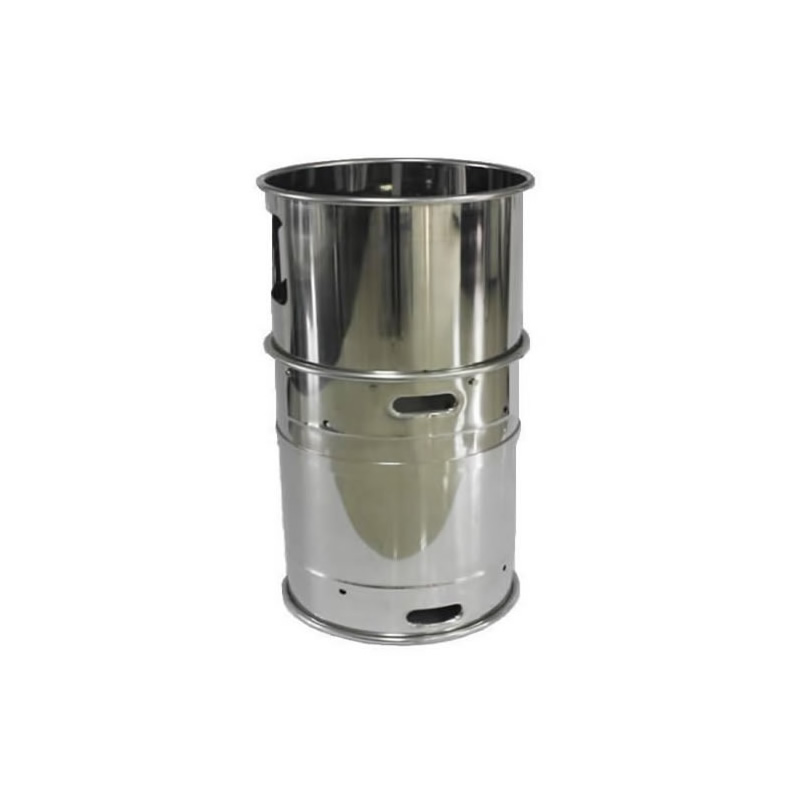 Vinylethylene Carbonate (VEC)
Vinylethylene Carbonate (VEC)
Vinylethylene carbonate is a film forming additive for lithium-ion battery. It can make electrochemical reduction reaction on the surface of graphite cathode before the electrolyte, and forming a layer of thicker and higher impedance SEI film. The film is stable and not easy to decompose, which can inhibit the reduction and decomposition reaction of the electrolyte.
-
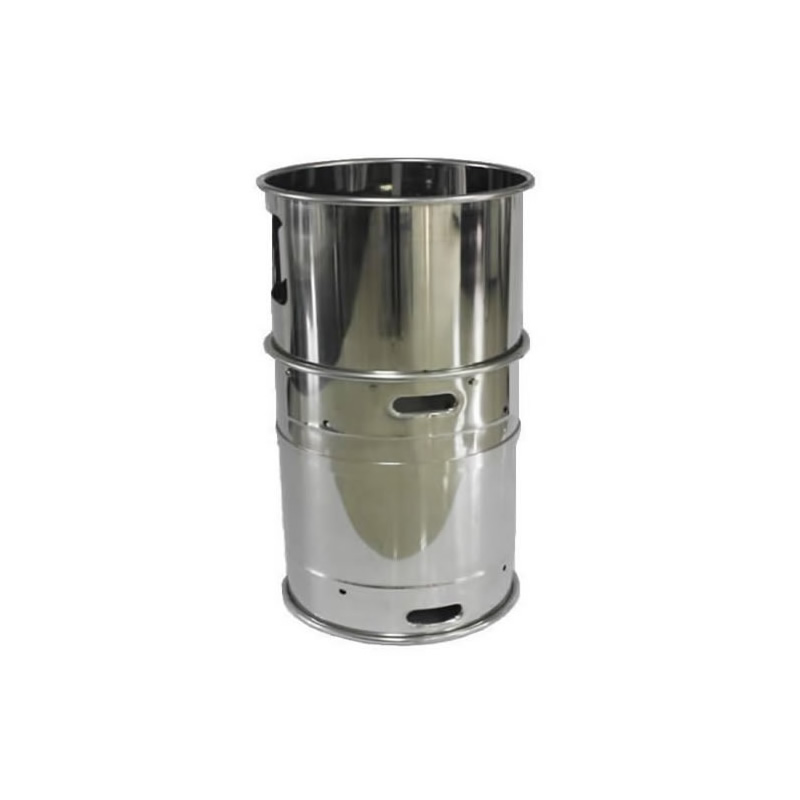 Vinylene Carbonate (VC)
Vinylene Carbonate (VC)
Vinyl carbonate is a colorless transparent liquid. It is an important intermediate in the synthesis of drugs, plant protectants, resin paints, and a variety of other chemicals. It also can be used as an film forming additive in lithium-ion battery electrolytes, and an overcharge protection additive for lithium- ion batteries.
-
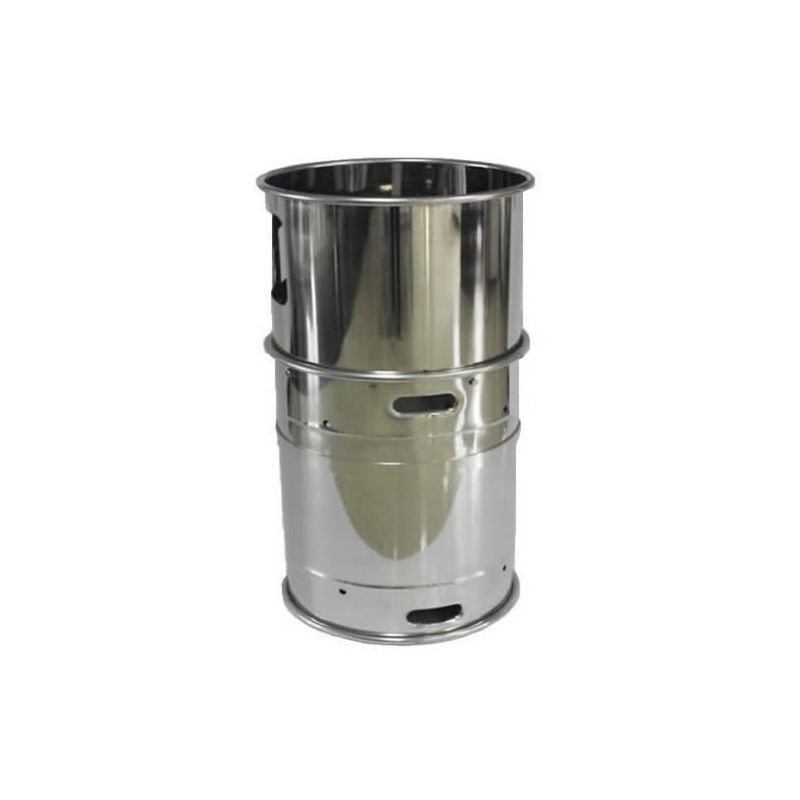 1,3-Propane sultone (1,3-PS)
1,3-Propane sultone (1,3-PS)
1, 3-propanesulfonone can be used as electrolyte additive for lithium ion power batteries. It can reduce the solvent embedding in the electrode of lithium battery, prolong the electrode life, improve the cycle efficiency of lithium battery, increase the number of cycles of lithium battery and improve the service time of lithium battery.
Chemical intermediates are compounds formed during the intermediate stages of a chemical reaction. They are not the final products of the reaction, but rather transitional substances that are formed temporarily and then consumed in subsequent reaction steps to produce the final desired product.
Chemical intermediates play a crucial role in various industrial processes, including the production of pharmaceuticals, polymers, plastics, dyes, agrochemicals, and many other chemical products. They are often synthesized from basic raw materials such as petroleum derivatives, natural gas, or biomass feedstocks.
-
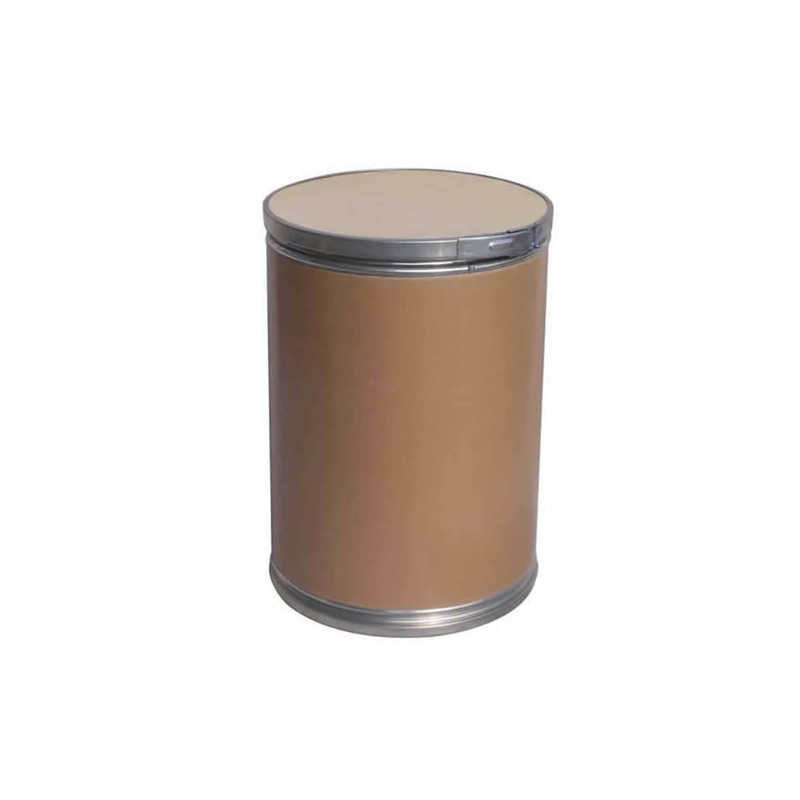 Glutaric acid
Glutaric acid
Glutaric acid is an important organic chemical raw material and intermediate, mainly used in the production of glutaric anhydride.
-
 33% Hydrobromic acid Solution (in Acetic acid)
33% Hydrobromic acid Solution (in Acetic acid)
It is mainly used as pesticide and pharmaceutical intermediates, it can also be used in the petroleum industry and synthetic dyes, spices.
Fine chemicals are often highly pure, with strict quality control measures in place to ensure consistency and safety. They are typically used in high-value applications that require a high degree of specificity, purity, and performance.
-
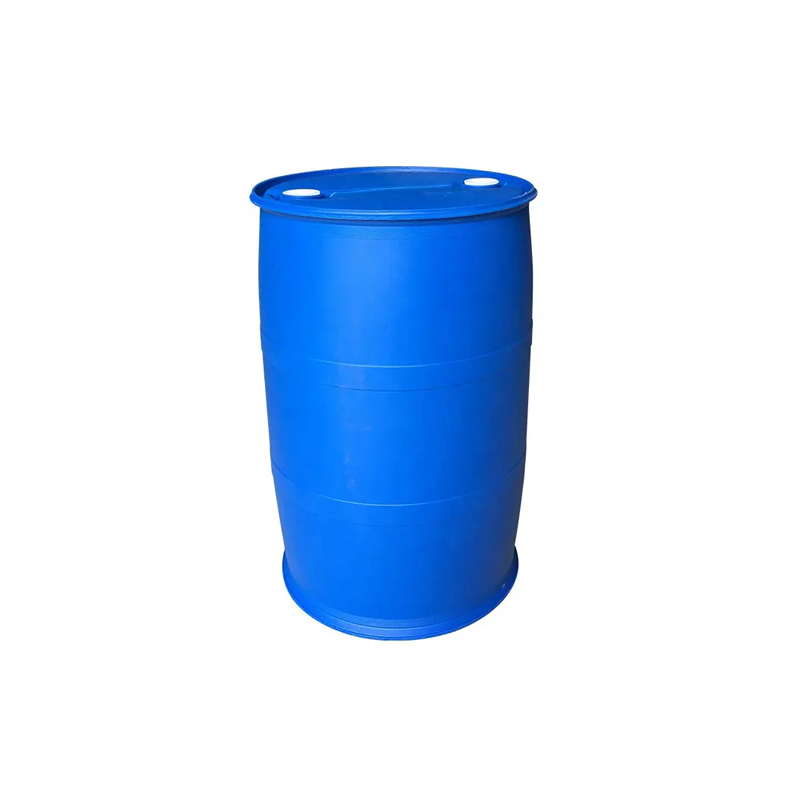 BBIT (2-butyl-1,2-benzisothiazolin-3-one)
BBIT (2-butyl-1,2-benzisothiazolin-3-one)
BBIT is a new mildew preventive, mainly used to protect PVC, polyurethane, silicone resin, polyolefin, polyester and other polymers from bacteria, mould, algae erosion.
-
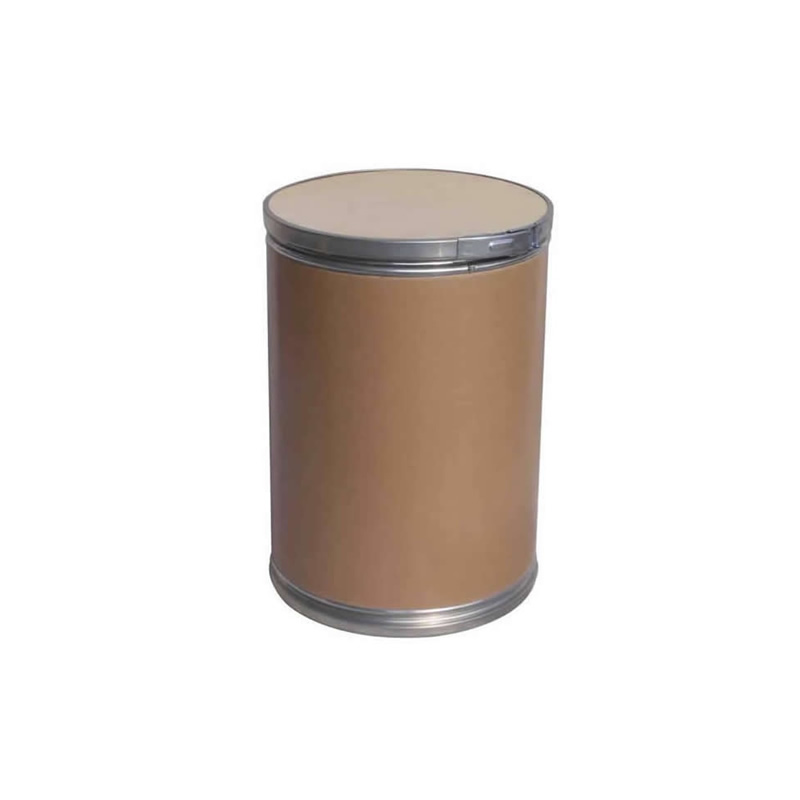 DBNPA (2, 2-dibromo-3-nitrilopropionamide)
DBNPA (2, 2-dibromo-3-nitrilopropionamide)
DBNPA is a broad spectrum and efficient fungicide, mainly used as a bactericidal and algicidal agent, it can prevent the growth of bacteria and algae in paper industry water, industrial cooling water, air conditioning water, metal processing lubricants, water emulsion, pulp, wood, plywood and coatings, and fibers.
-
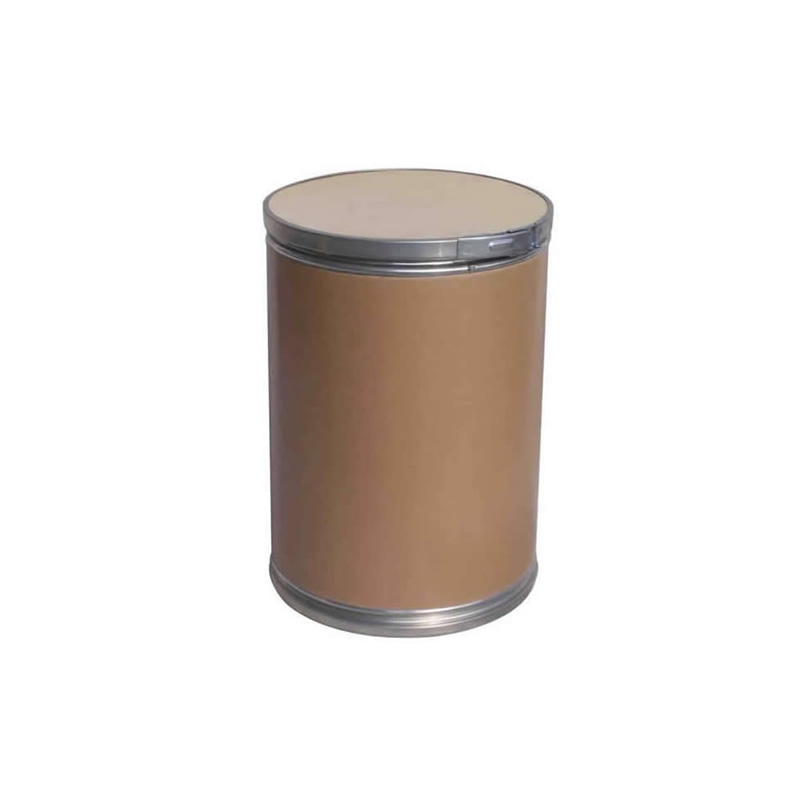 4,5-Dichloro-2-N-octyl-4-isothiazolin-3-one (DCOIT)
4,5-Dichloro-2-N-octyl-4-isothiazolin-3-one (DCOIT)
DCOIT is a low toxicity, high efficiency, broad spectrum fungicide, mainly used for mold control, it has a good inhibition effect on diatom, bacteria, algae and barnacles, and can decompose quickly through hydrolysis, photodegradation and biodegradation, without cumulative effect, very safe for the Marine environment.
-
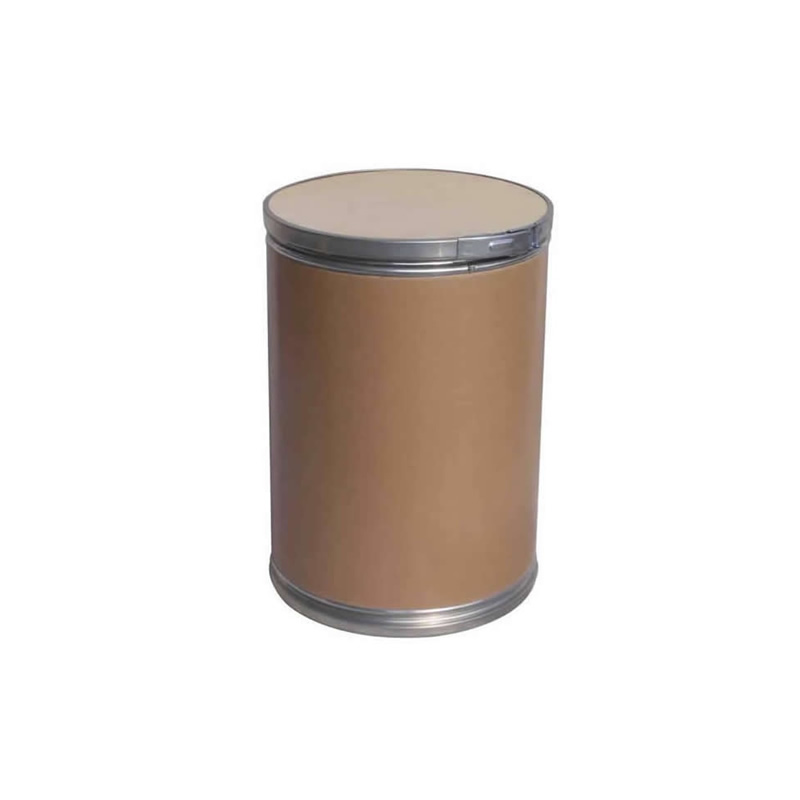 Chloroxylenol (PCMX)
Chloroxylenol (PCMX)
Chloroxylenol can be used in a variety of antibacterial processes, such as plastic, leather, paper pulp, textile antibacterial mildew treatment, it can also be used to make antibacterial soap, cleaning wounds and household antiseptic.
 Lithium Hexafluorophosphate (LiPF6)
Lithium Hexafluorophosphate (LiPF6)
 Vinylethylene Carbonate (VEC)
Vinylethylene Carbonate (VEC)
 Vinylene Carbonate (VC)
Vinylene Carbonate (VC)
 1,3-Propane sultone (1,3-PS)
1,3-Propane sultone (1,3-PS)
 Glutaric acid
Glutaric acid
 33% Hydrobromic acid Solution (in Acetic acid)
33% Hydrobromic acid Solution (in Acetic acid)
 BBIT (2-butyl-1,2-benzisothiazolin-3-one)
BBIT (2-butyl-1,2-benzisothiazolin-3-one)
 DBNPA (2, 2-dibromo-3-nitrilopropionamide)
DBNPA (2, 2-dibromo-3-nitrilopropionamide)
 4,5-Dichloro-2-N-octyl-4-isothiazolin-3-one (DCOIT)
4,5-Dichloro-2-N-octyl-4-isothiazolin-3-one (DCOIT)
 Chloroxylenol (PCMX)
Chloroxylenol (PCMX)